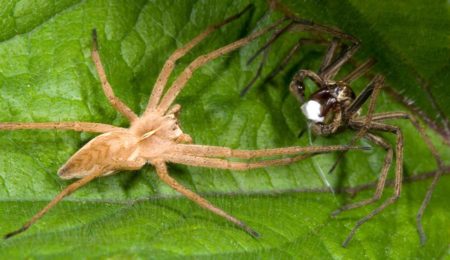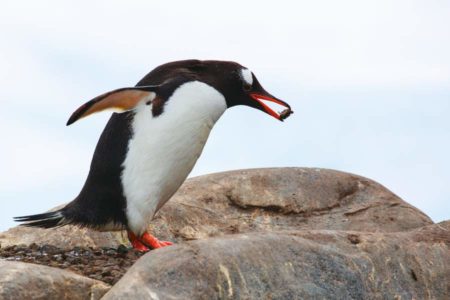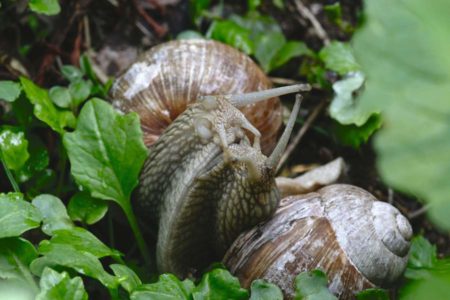Gift-giving animals
You probably wouldn’t want to find any of these presents in your stocking on Christmas morning
Humans aren’t the only animals who show their affection through gifts. These generous creatures show that the right present can be the key to winning another’s heart.
Spiders give silk-wrapped packages to their partners
Several spider species are known to give gifts, although their generous offerings aren’t always what they seem

Paratrechalea ornata (a South American spider found near streams and rivers) has developed a particularly charming strategy for romance: presenting his potential partner with a silk-wrapped food package in order to maximise his chances of reproducing.
While studying P. ornata researchers discovered that the success of mating was linked with the size of the gift offered to the female. Larger packages contain larger prey, making them more enticing to the female and resulting in longer, more successful copulations. Males who were unable to provide a gift for their partners were less successful at mating.
Gift giving among arachnids isn’t exclusive to this species though. Another species, the nursery web spider, produces similar silk-wrapped presents. There’s a catch to this particular spider’s romantic gesture though: the gifts inside the silk packages aren’t always delicious morsels and may contain less attractive offerings such as pre-consumed insects or pieces of plant. By wrapping the gift and spraying it with a chemical that induces the female to bite into it, these sneaky spiders often manage to mate without sacrificing the food they’ve hunted for themselves.
Gentoo penguins search for the perfect pebble to give their partner
Just as humans propose marriage with shiny rocks, penguins present pebbles as a tribute to their partners

Gentoo penguins mainly live in coastal Antarctica, inhabiting colonies that can consist of several thousand individuals. In such a large community it can be tricky to stand out from the crowd, but the males of this species have developed an endearing way to win a partner’s heart; males gather pebbles to present as tokens of love to potential mates.
From smoothness to size, each pebble is carefully considered before the male penguin presents his pick to the female. Choosing the right stone is of utmost importance, and gentoos are willing to play dirty to get the one they want, stealing from other penguins in order to secure the ideal prize.
The pebbles aren’t mere ornaments; they’ll be used as part of the female’s nest, where she’ll lay a pair of spherical eggs and share incubation duties with her male partner.
These snails use not-so-romantic love darts to increase their fertility
Nature’s version of cupid’s arrow isn’t as endearing as it sounds…

Stabbing your partner with a mucus-filled dart sounds more macabre than romantic. Yet this is a precoital behaviour commonly undertaken by gastropods; around one-third of all snail species produce ‘love darts’ to aid their reproduction.
Most snails are hermaphrodites, meaning they have both male and female organs. Their love darts, which are made from calcium carbonate or chitin, contain mucus and hormones that help the snail’s sperm survive for longer once transferred to a partner.
This is helpful since snails’ bodies have evolved to be picky about the sperm that they accept. The love darts help to break down the other snail’s natural defences, maximising the sperm donor’s chances of successful reproduction. However, this process can cause early death.
This article was originally published in World of Animals issue 55, written by Matt Ayres
For more science and technology articles, pick up the latest copy of How It Works from all good retailers or from our website now. If you have a tablet or smartphone, you can also download the digital version onto your iOS or Android device. To make sure you never miss an issue of How It Works magazine, subscribe today!





